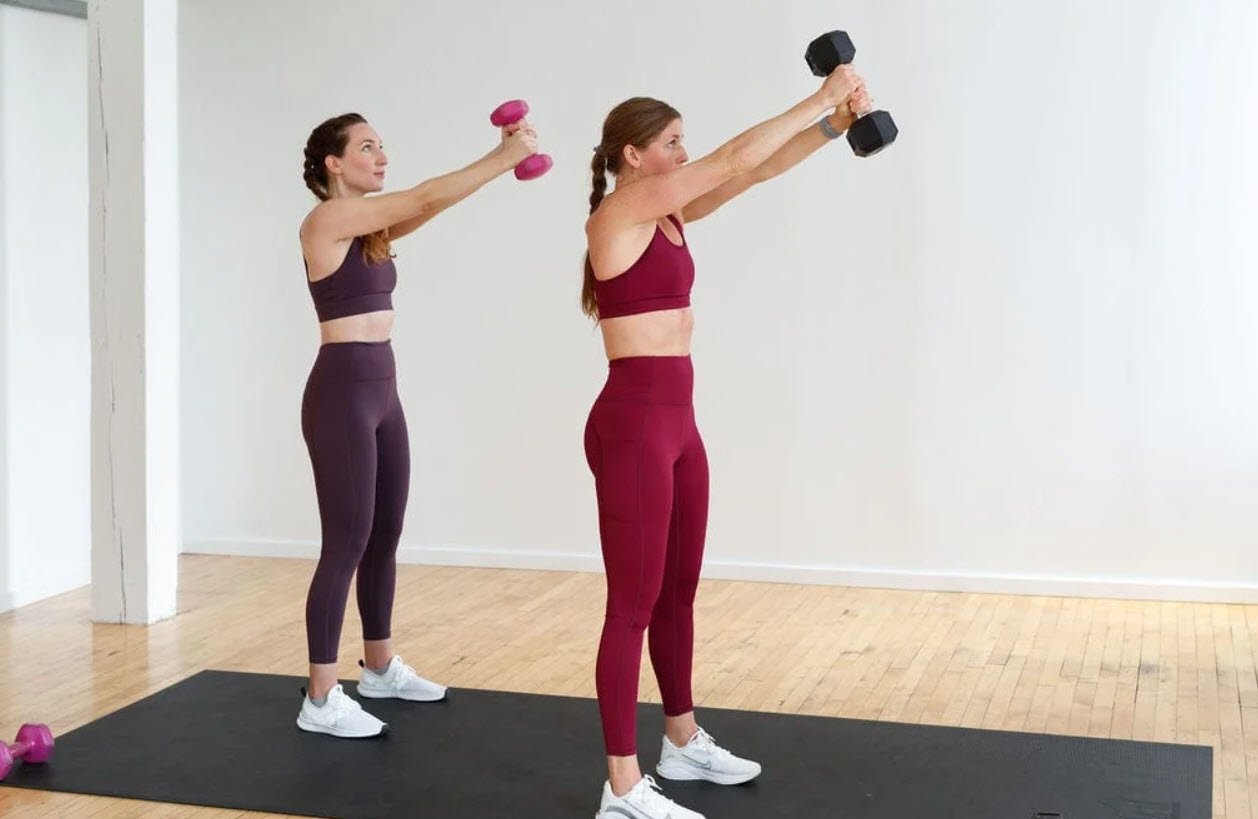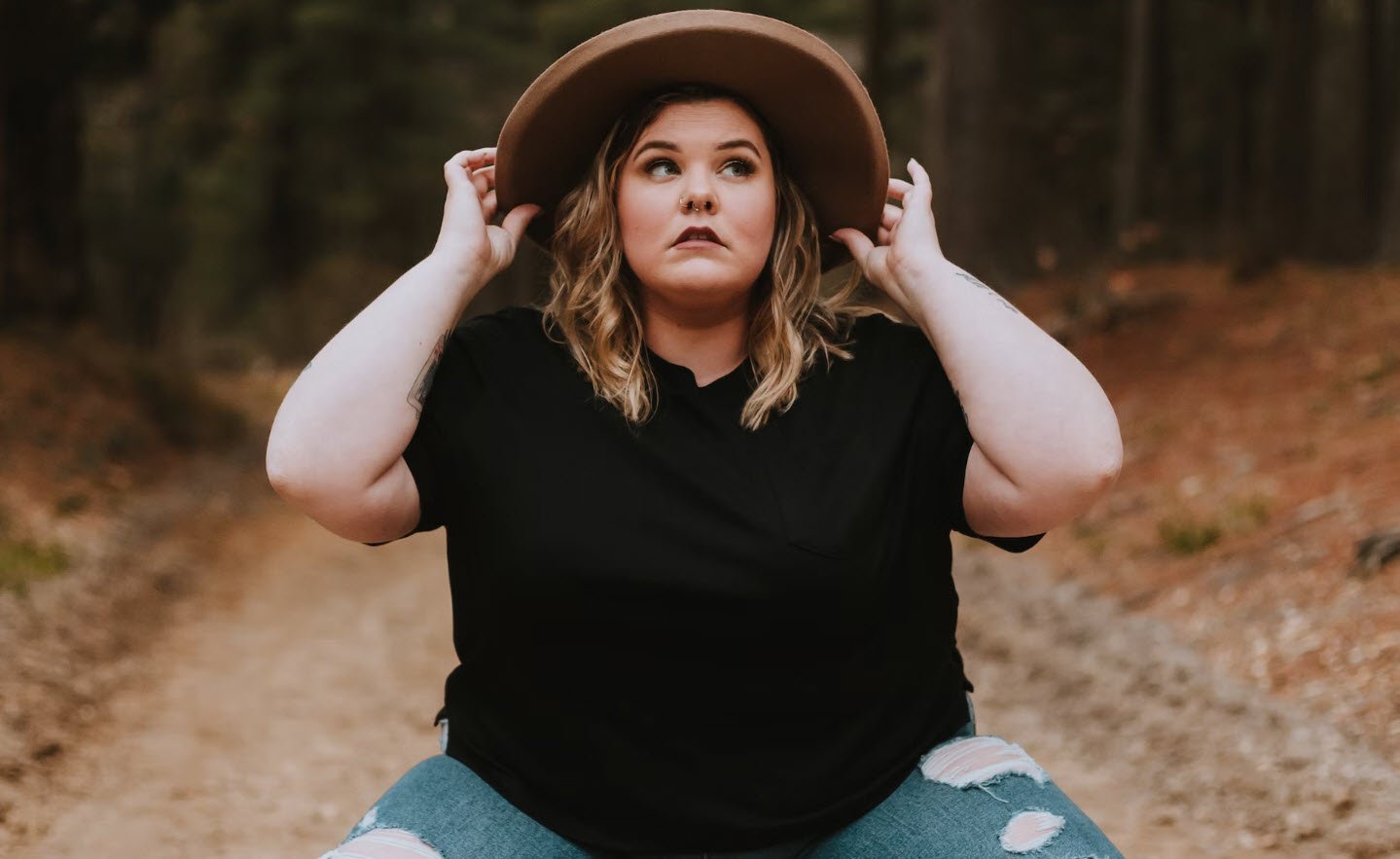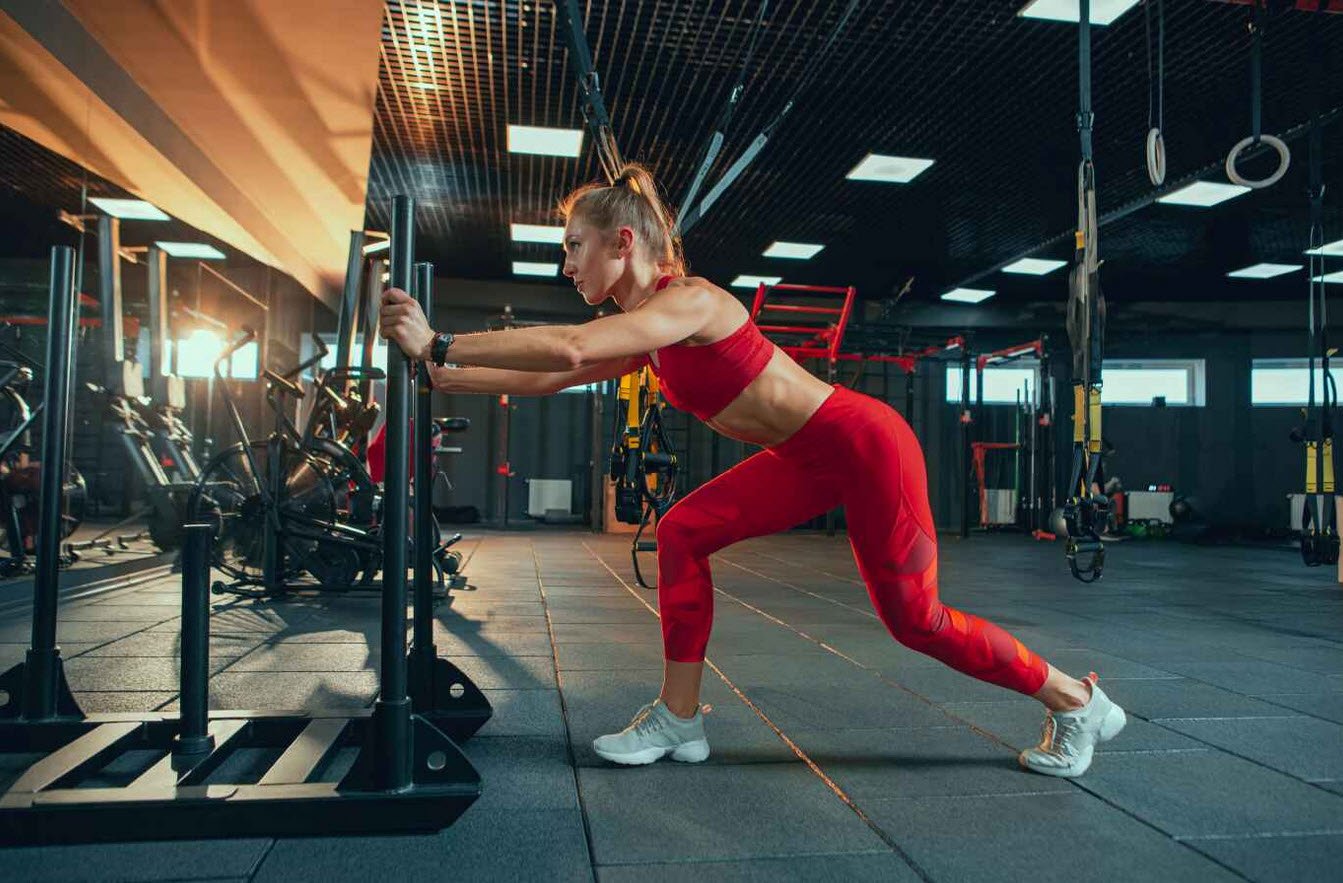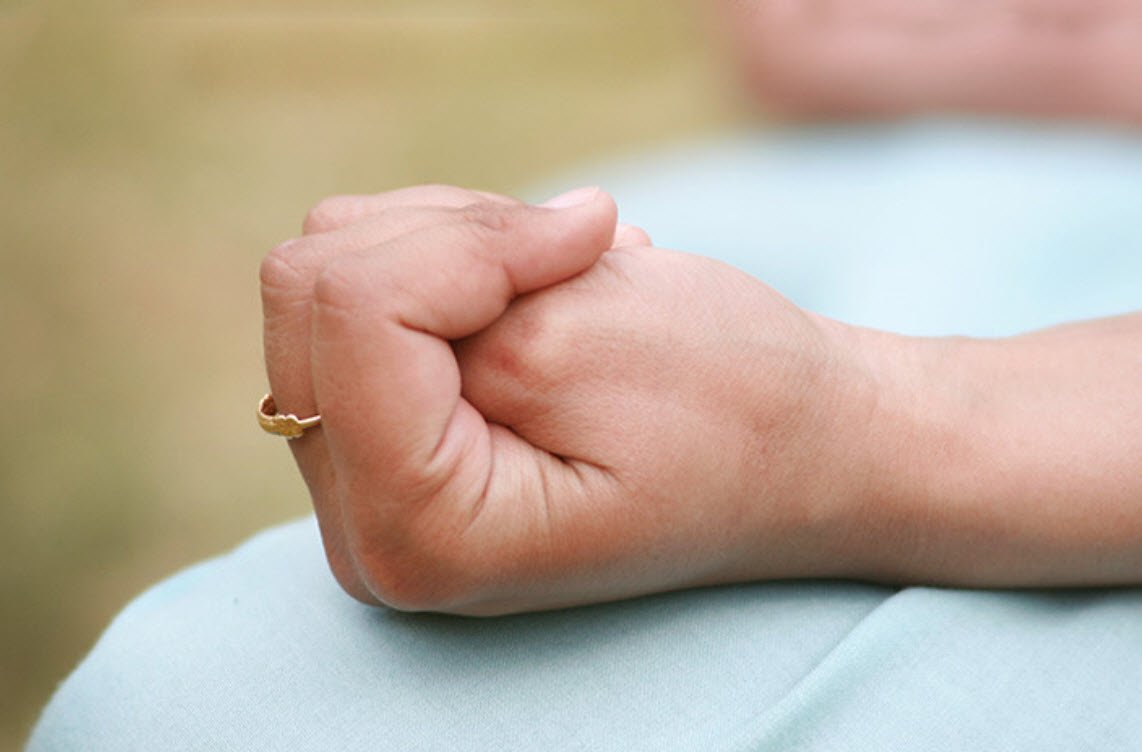
Today’s population is frequently affected by osteoporosis. The condition is brought on by the body’s low calcium levels. In this situation, bones deteriorate and become exceedingly porous, perhaps to the point where they can be compressed like a sponge. People with osteoporosis are more likely to experience bone fractures and breaks. The health of the bones is impacted by sedentary lifestyles, poor eating habits, and disregard for personal hygiene.
While eating foods high in calcium is beneficial, exercising, particularly yoga, is a terrific approach to address the issue. Numerous yoga poses are believed to calm an anxious mind while also strengthening the bones and joints.Regular yoga practice has been shown to strengthen the body, particularly in these areas.
Yoga is promoted as having several health advantages, from improved strength and flexibility to decreased stress and anxiety. But have you ever questioned whether yoga has any impact on your bones or the basic structure of your body?
Yoga may be beneficial for those with osteoporosis because a tiny 2009 study indicated that performing it correctly and consistently can boost bone density. Yoga also enhances flexibility and balance, which could help one maintain balance and reduce the risk of fractures.
Here are five yoga poses that can help improve bone health:
- Trikonasana
- Vriksasana
- Salabhasana
- SetuBandhasana
- Kumbhakasana
1. Trikonasana
The standing yoga position known as Trikonasana, or Triangle Pose, stretches and develops the muscles in the chest, hips, and legs. Along with enhancing hip and spine flexibility, this pose encourages stability and balance.
Starting in Mountain Pose with your feet hip-width apart, strike the pose. So that your toes point forward, step one foot out to the side, and rotate it 90 degrees.

Next, stretch your arms to the side while bending the front knee and keeping the back leg straight. With your hands on the floor on either side of your front foot, slowly lower your torso down towards the front leg.Your body should create a triangle with the other hand reaching up toward the ceiling.
Ensure that your hips are looking forward and that your front knee is directly over your ankle. Repeat on the opposite side after releasing the pose after holding it for many breaths. Trikonasana is a fantastic position for enhancing balance and posture as well as for easing stress and tension in the hips and lower back.
2. Vriksasana
Standing balance yoga practice Vriksasana, commonly known as Tree Pose, strengthens and enhances equilibrium, stability, and attention. In this position, one foot is firmly planted on the ground, and the other is raised and positioned on the inner thigh of the leg that is supporting the body.
The outward-pointing knee and the elevated foot should be in line with the hip. The arms can be held in a prayer position at the chest or on the hips in addition to being lifted overhead in the shape of a “V.” To aid in balance and concentration, the sight should be fixed on one area.
It also develops the muscles in the legs, ankles, and feet while assisting with posture, stability, and balance. The posture is excellent to practice before meditation or when feeling worried or overwhelmed because it can also assist to increase concentration, focus, and mental clarity.

Vriksasana must be performed correctly to prevent harm and reap the full rewards of the pose. Beginners should begin by balancing on a wall or other object, and as their balance gets better, they should practice the posture without support.
It’s crucial to maintain a strong and engaged standing leg and to avoid putting too much weight on the elevated foot. Vriksasana can become a staple pose in your yoga regimen with consistent practice, aiding in the improvement of balance, stability, and attention both on and off the yoga mat.
3. Salabhasana
The erector spine and quadratus lumborum of the back, as well as the glutes, hamstrings, and hips, are all worked out in this prone (laying face down) position.
Start by lying on your stomach with your arms and legs extended to begin the stance. As you press your pubic bone into the ground, place your hands beneath your thighs.
Keep your elbows and knees straight as you elevate your torso, arms, and legs as high off the ground as you can while inhaling. Your eyes should be focused forward, and your hands should remain tucked beneath your thighs. For a few breaths, maintain the stance; exhale to release.

By putting a blanket under the stomach or supporting the hands with blocks, Salabhasana can be altered to accommodate varying degrees of strength and flexibility. When practicing the pose, it’s crucial to tighten the back muscles and keep the neck relaxed.
Numerous advantages of this stance include better posture, stronger, more flexible, and less stressed-out spines. Additionally, it aids in circulation improvement and digestive system stimulation. However, those who have neck or back ailments have to stay away from this position and look for the advice of a certified yoga instructor.
4. SetuBandhasana
SetuBandhasana sometimes referred to as the Bridge Pose, is a yoga position that emphasizes improving flexibility in the back and chest while also strengthening the spine, neck, and hips.
To perform this position, lie on your back with your knees bent and your feet as close to your buttocks as you can. Your palms should be facing down and your arms should be next to your body.
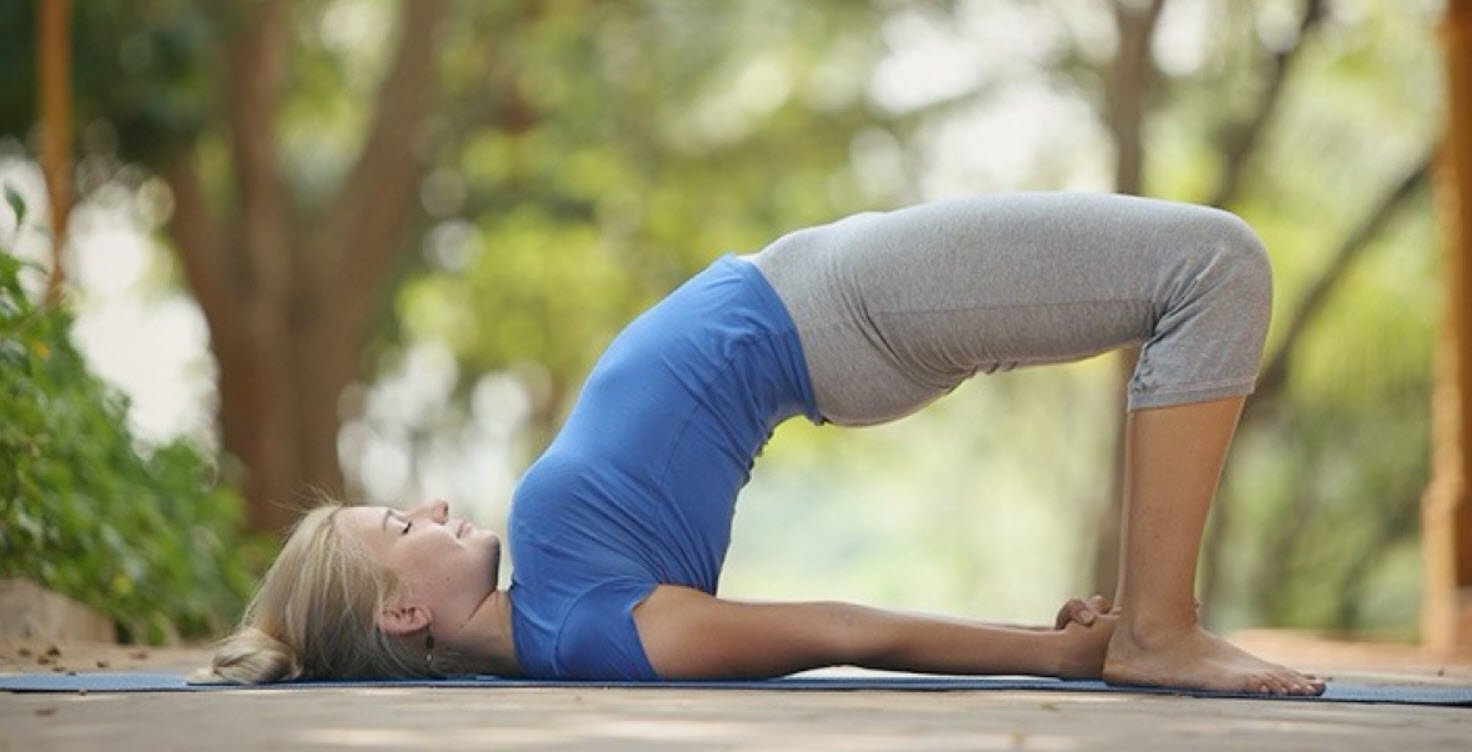
The next step is to lift your hips and lower back off the ground while supporting yourself with your feet, arms, and shoulder blades. In the ultimate position, your body should resemble a bridge, with your hips and chest lifted and your head and neck relaxed on the floor.
It is crucial to maintain a smooth and controlled movement throughout the posture, keeping your knees parallel and your feet hip-width apart. In addition to reducing stress and tension, this position is thought to strengthen the muscles in the legs, hips, and back while also enhancing circulation and digestion.
5. Kumbhakasana
Plank Pose, also known as Kumbhakasana, is a well-liked yoga asana that tones and strengthens the entire body, especially the core. Given that it necessitates a high degree of balance and control on both the physical and mental planes, it is regarded as one of the most significant poses in yoga.
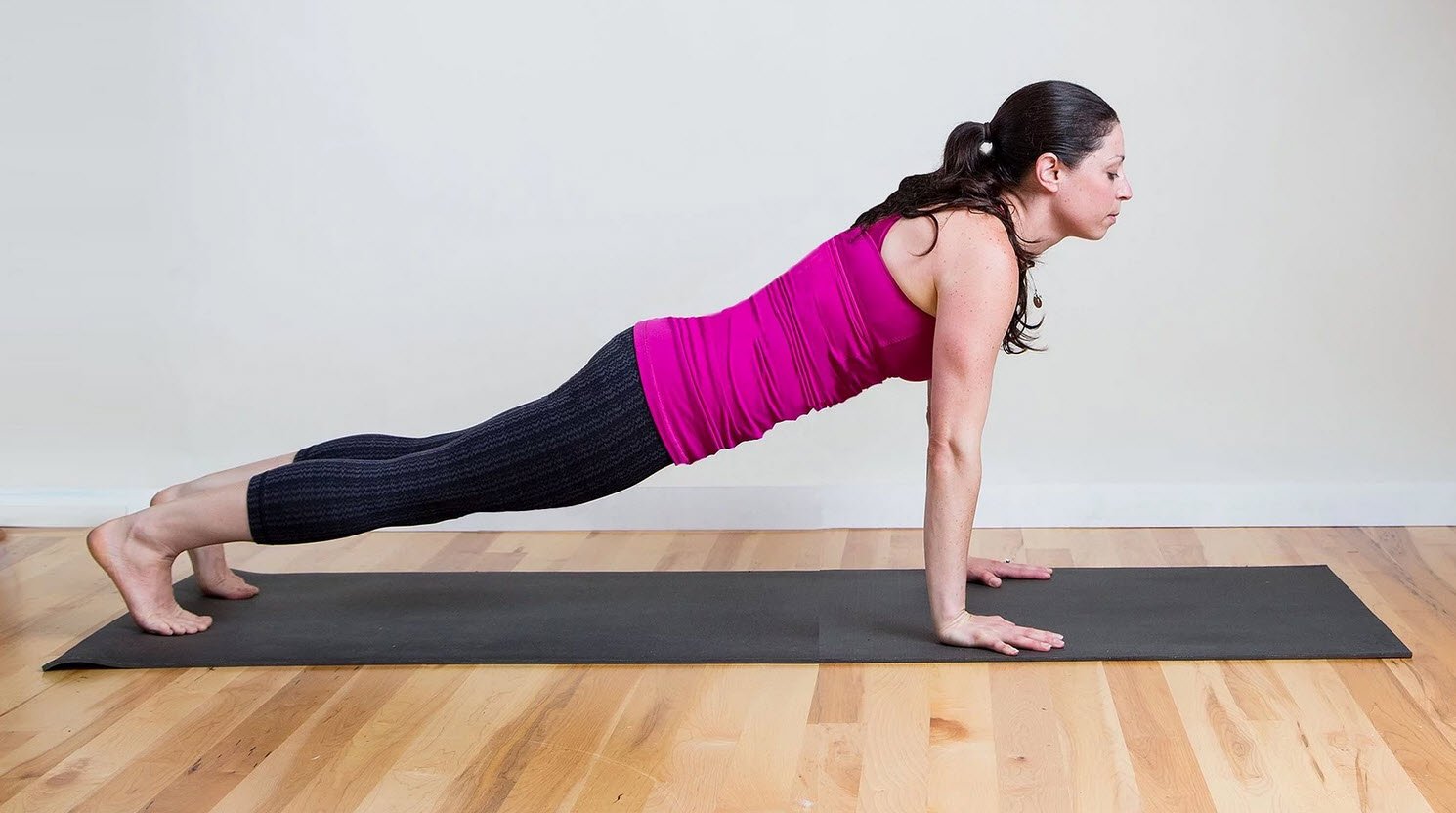
To begin Kumbhakasana, the person must first assume a push-up position with their hands just beneath their shoulders. To create a straight line from the head to the heels, the body is then elevated until just the toes and hands are in contact with the ground. To create a condition of stability and strength, the body’s muscles are contracted, the breath is regulated, and the gaze is directed ahead.
Depending on the person’s skill, this position is held for a specific period, which might range from 30 seconds to several minutes. Kumbhakasana is a great asana for both physical and mental fitness because it helps to develop the body’s muscles while also enhancing balance, concentration, and general body control.


